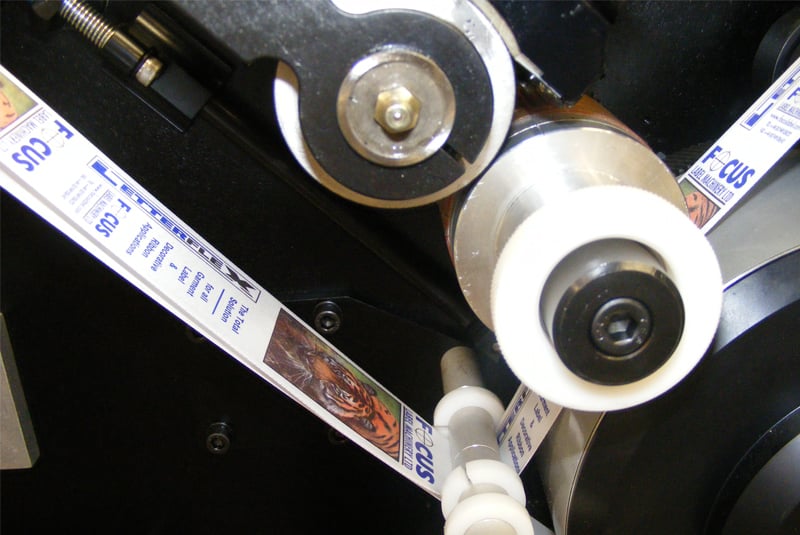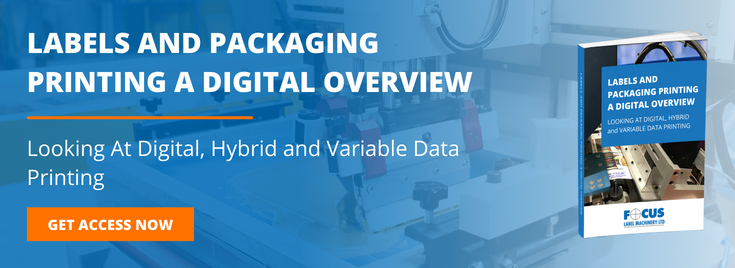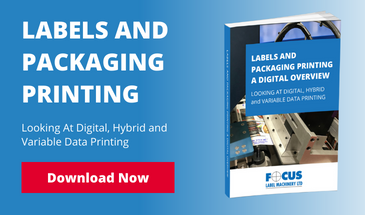
Going green is probably the most common phrase you will hear today from companies working towards greater environmental sustainability. One of the common measures used by the label printing industry towards the conservation of the environment is increased investment in biodegradable materials. What does this involve?
 What Are Biodegradable Label Materials?
What Are Biodegradable Label Materials?
Materials are deemed biodegradable when they can be broken down into natural elements such as water and carbon dioxide by living organisms. It is, however, important to note that everything is technically biodegradable and what matters is the period required for a certain material to biodegrade, as some will take thousands of years. Unfortunately, the term biodegradable can be confusing if not further defined. Materials that are only biodegradable under industrial conditions should be labelled so. Please check with your supplier if in doubt.
Biodegradable Inks
Hydrocarbon-based inks are not only hazardous to the environment but also the health of employees working in this industry. Hydrocarbon-based inks release poisonous compounds known as volatile organic compounds (VOCs) into the atmosphere as they dry. The use of water-soluble and vegetable-based inks will not only save the health of your employees and planet but also save you money. Hydrocarbon-based inks necessitate the use of solvent washing solutions during printing - a time consuming as well as expensive and hazardous process.
Biodegradable Substrates
All paper-based substrates are biodegradable as they are made from natural plant materials. What makes paper difficult to degrade biologically is the use of petroleum-based dyes, coatings, plastics and other printing chemicals. The use of biodegradable polymer printing films has become popular in the packaging industry as an alternative to paper.
Handling Tips
While the use of these biodegradable label materials is to be encouraged, they should never be dumped in landfills. This is because buried biodegradables do not have access to the microorganisms which are necessary for degradation. Without the presence of oxygen and microorganisms, these materials will break down anaerobically to release methane, a gas responsible for global warming. Biodegradable labels should, therefore, always be recycled responsibly by a professional waste handler.
Find Out More
At Focus Label, we are committed to designing innovative printing machines that can be modified and customised to include your desired applications.
Whichever green route you wish to follow, you can be assured that our machines will cater for all your printing needs efficiently and cost-effectively.
Click here to view our range of textile label printing machinery and equipment, or click here to request a quote.






